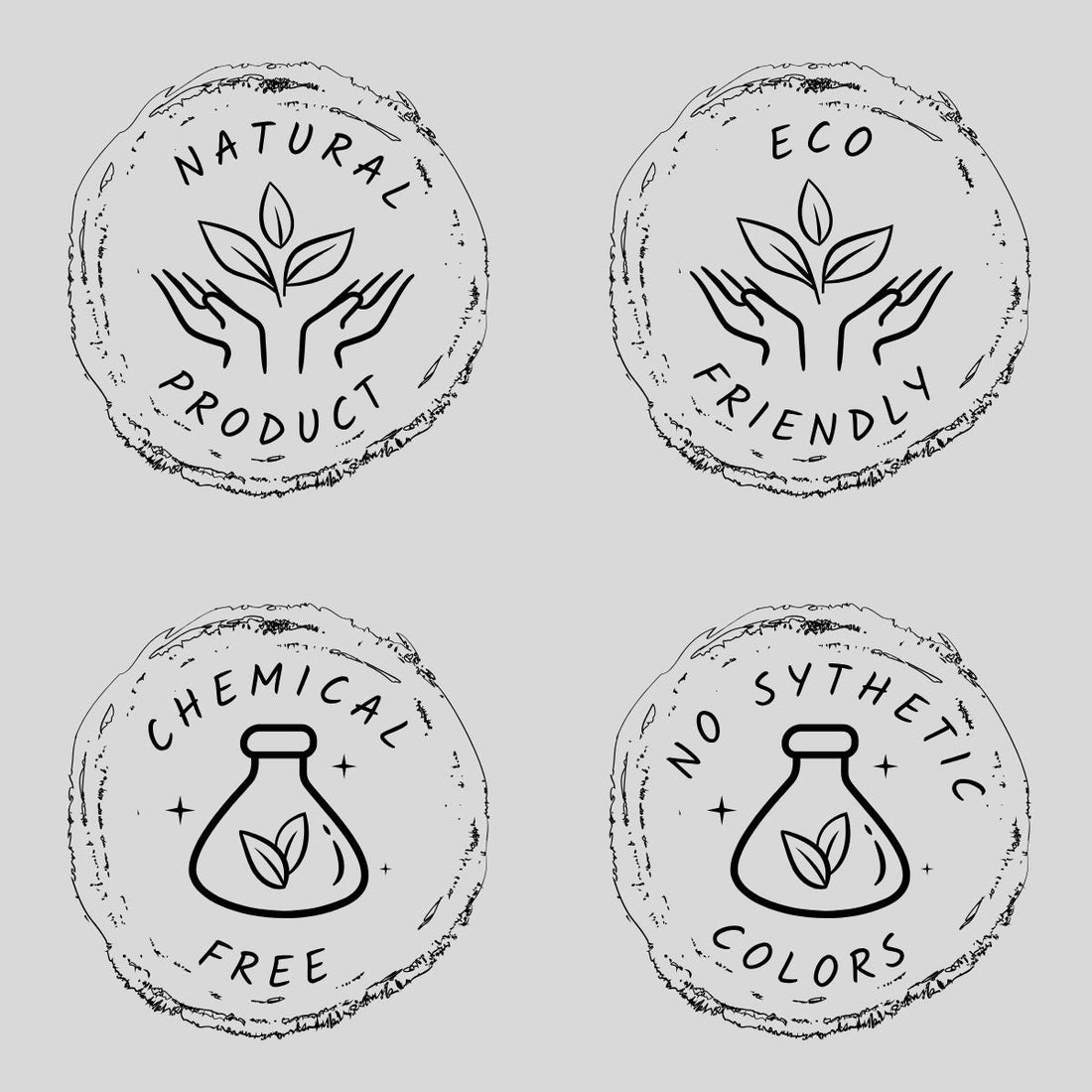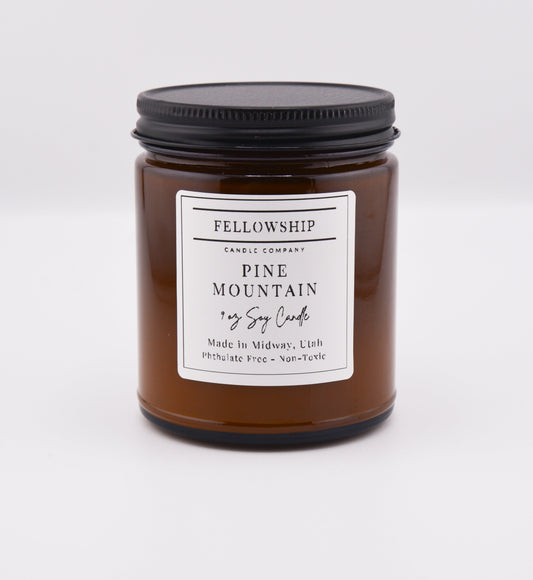
The Truth About Candles & Toxins
Share
Paraffin, Phthalates. and Hidden Toxins: The Truth About Conventional Candles
There’s nothing more relaxing than the soft glow of a candle… until you realize what’s actually in the wax you’re burning.
At first glance, a candle may seem like a simple luxury. But many conventional candles are made with ingredients that can compromise your indoor air quality—and your wellbeing. In this article, we’re shining a light on three major toxins commonly found in mainstream candles: paraffin wax, phthalates, and other hidden ingredients you deserve to know about.
Paraffin Wax: A Petroleum-Based Pollutant
Most commercial candles are made with paraffin wax—a byproduct of petroleum refining. While it’s cheap and holds fragrance well, it comes at a cost to your health. When paraffin candles burn, they can emit toluene, benzene, and other volatile organic compounds (VOCs). These are the same toxins found in vehicle exhaust. Over time, inhaling them—especially in closed spaces—can irritate the lungs and even contribute to long-term respiratory issues. Choosing plant-based waxes like soy, coconut, or beeswax is a much safer, cleaner alternative. Follow this link to shop our soy candle collections.
Phthalates: The Dirty Secret Behind Fragrance
Phthalates are another hidden danger. Often used to make synthetic fragrances last longer, these chemicals are known endocrine disruptors, meaning they can interfere with your body’s hormone function. Exposure to phthalates has been linked to reproductive health issues, hormonal imbalances, asthma, allergies, and even developmental concerns in children. And since many fragrance blends are considered trade secrets, companies can list “fragrance” on a label without revealing what’s actually inside. To play it safe, opt for candles scented with phthalate-free fragrance oils or pure essential oils.
Other Hidden Toxins: Wicks, Dyes, and Additives
Beyond wax and fragrance, other toxic ingredients can hide in plain sight. Although lead-core wicks have been banned in the U.S. since 2003, imported candles may still contain them. Burning lead indoors releases toxic heavy metals into the air, posing serious health risks—especially for children and pets. Many candles also contain synthetic dyes, UV inhibitors, and preservatives to maintain color and shelf life. These additives serve no purpose in creating a safer or healthier environment. Choosing candles with cotton or wooden wicks and natural or no color at all is the best way to avoid these hidden hazards.
How to Choose a Non-Toxic Candle
So, how do you make the switch to safer candles? Look for soy, coconut, or beeswax bases, cotton or wooden wicks, phthalate-free or essential oil-based scents, and clear, transparent labeling. If a brand doesn’t openly share what’s in their candles, it’s usually a red flag.
The Takeaway: Candles Shouldn't Cost You Your Air Quality
At the end of the day, you light a candle to relax—not to pollute your home. But the reality is that many conventional candles release toxic compounds into the very air you breathe. That’s why we do things differently. Our candles are 100% non-toxic, made with clean, soy wax, scented with phthalate-free oils, and poured with care in small batches.
Ready to make the switch to cleaner air and a more mindful vibe? Explore our full collection of non-toxic, clean-burning candles designed to uplift your space—without the hidden toxins.



